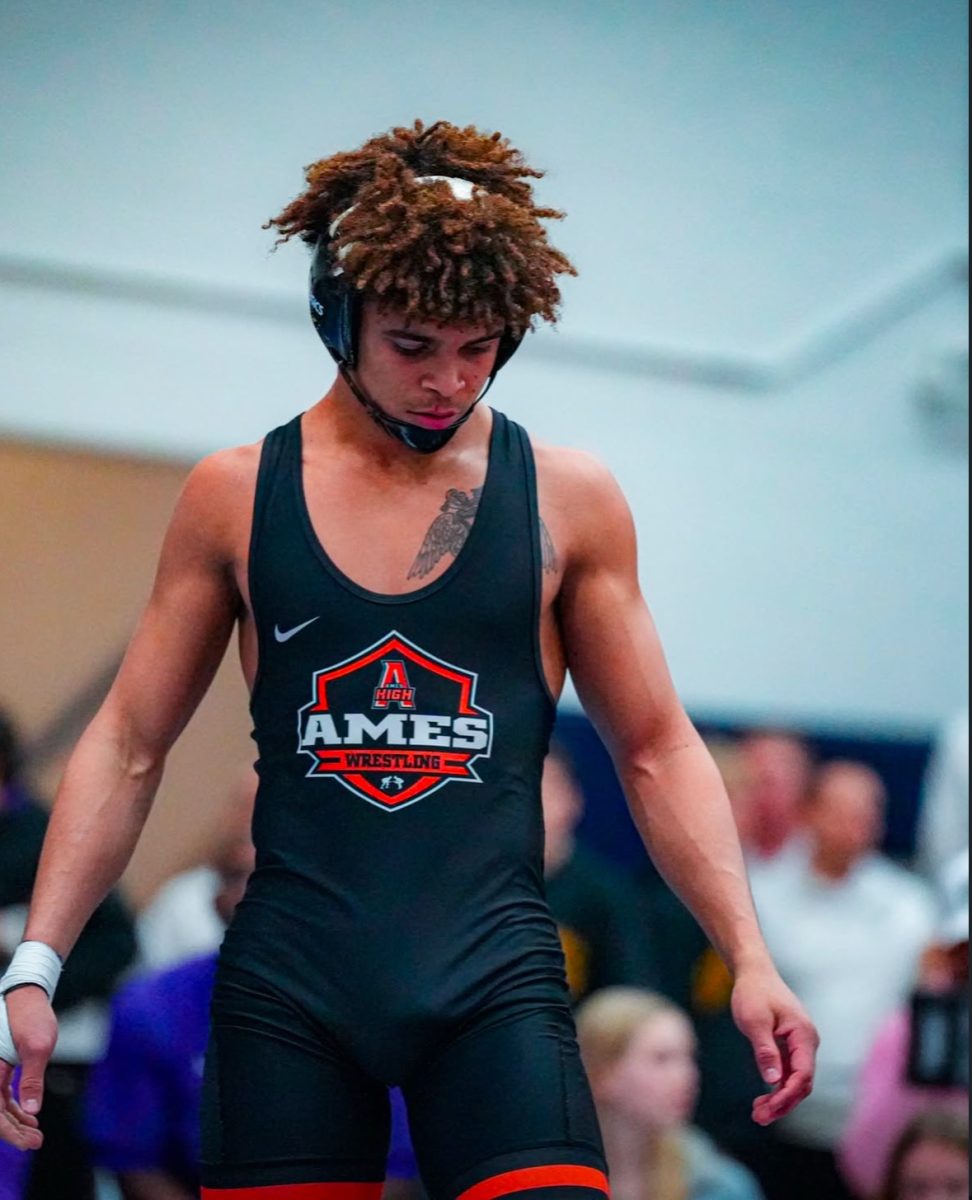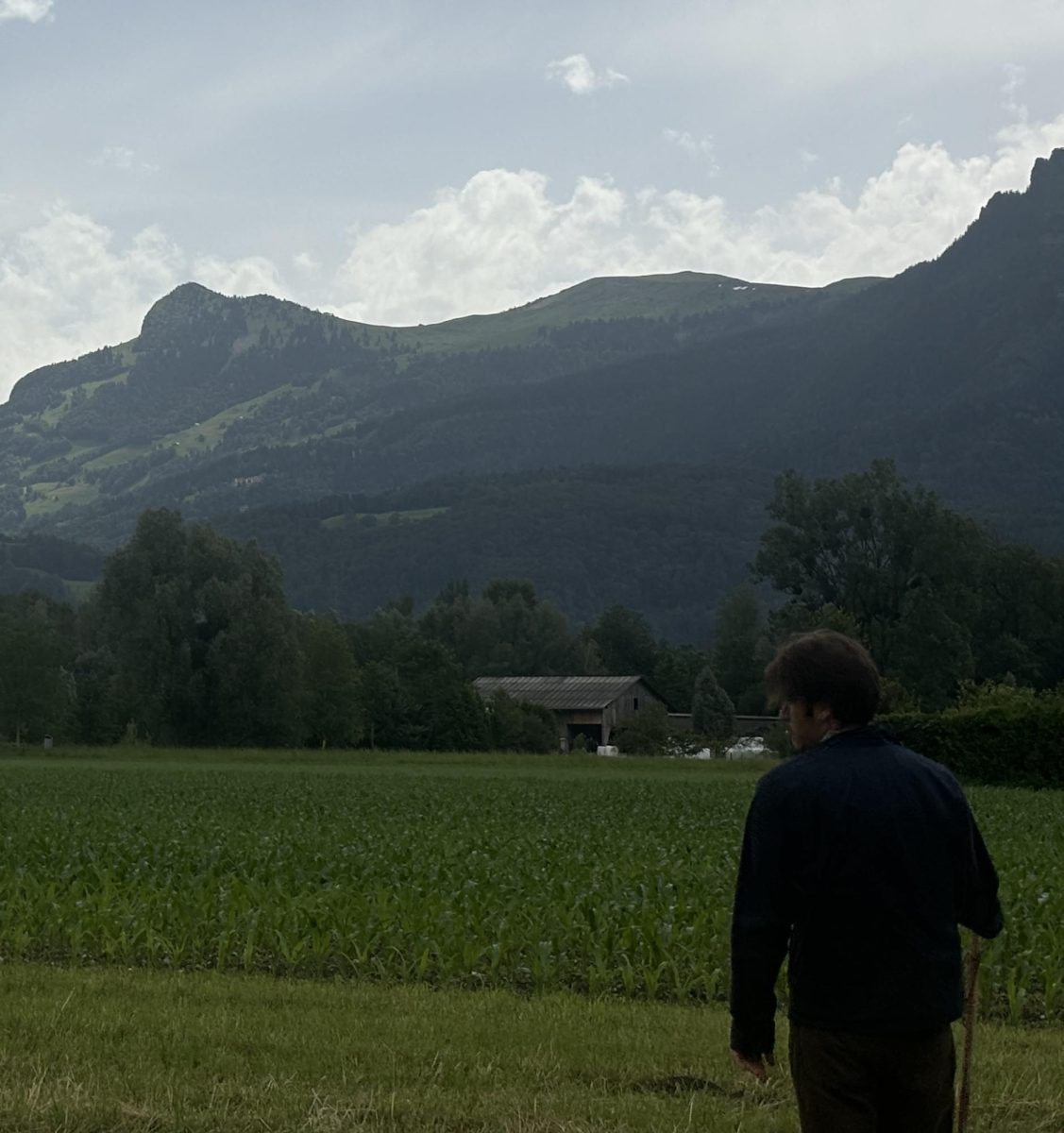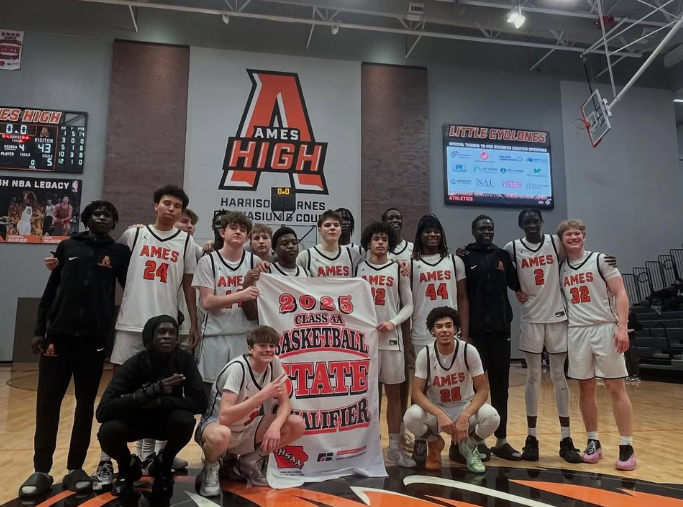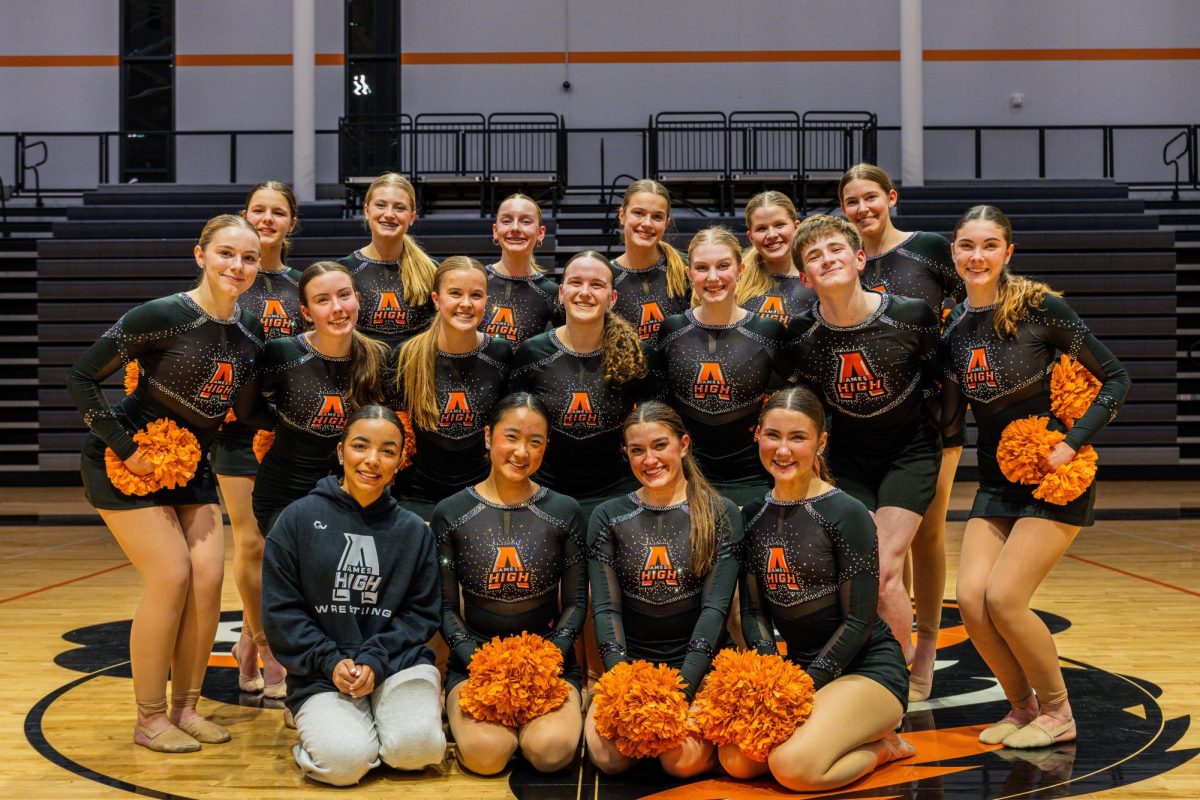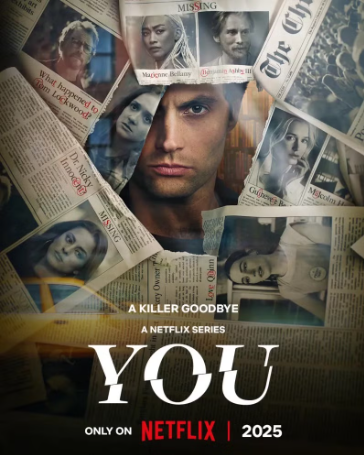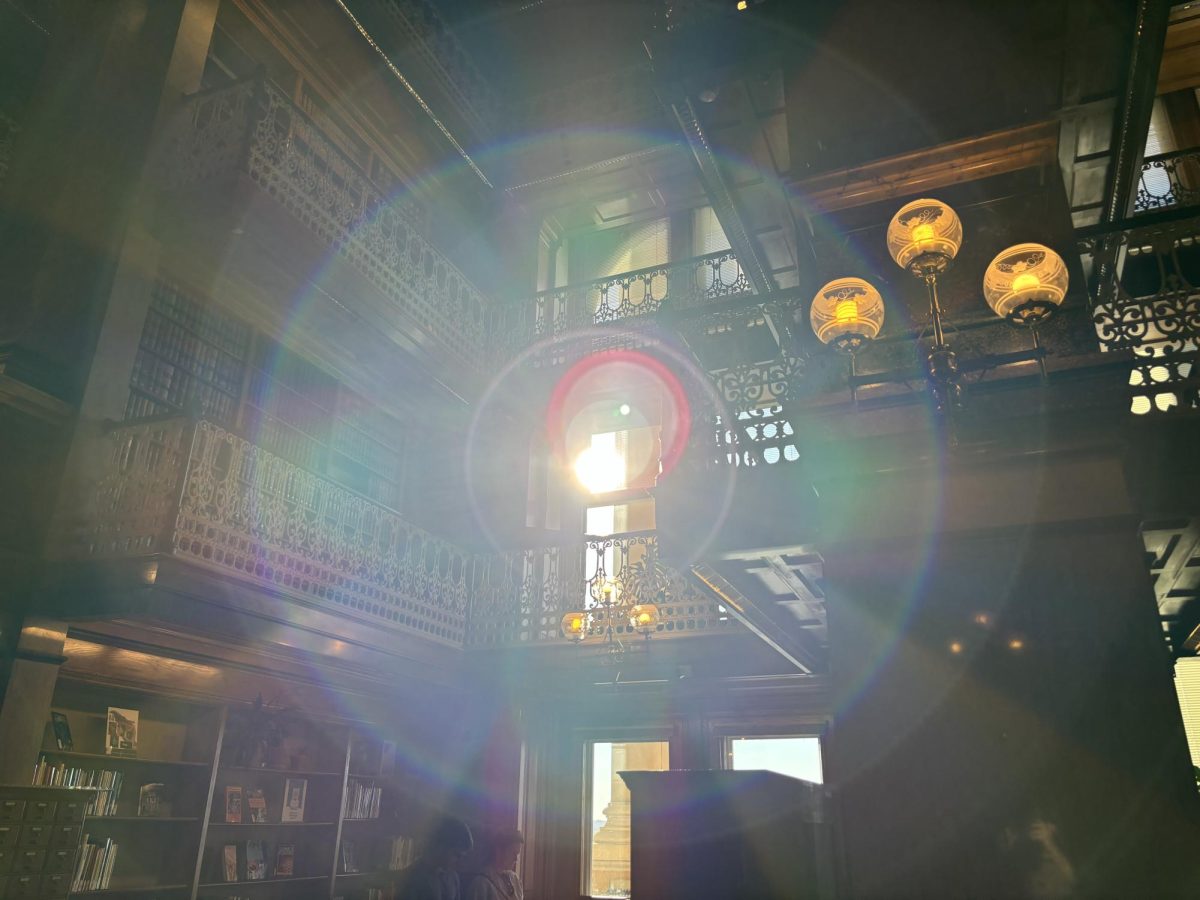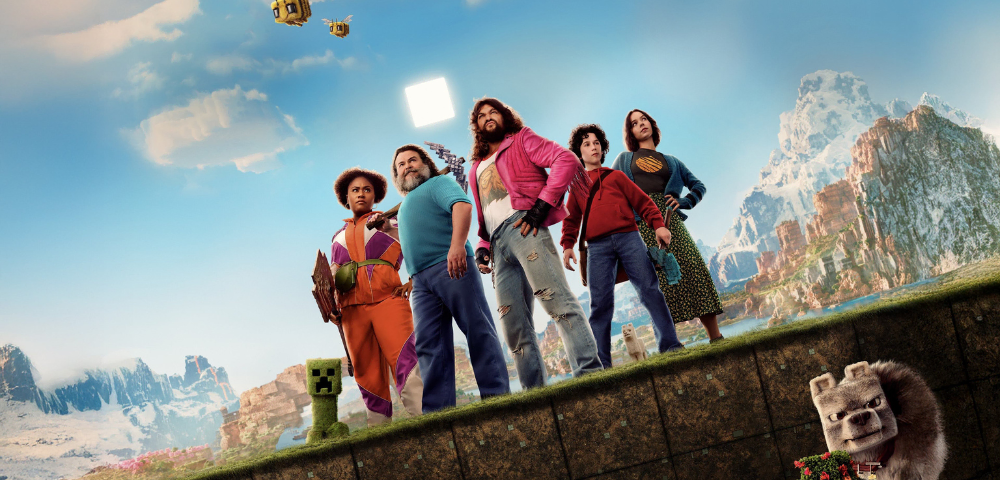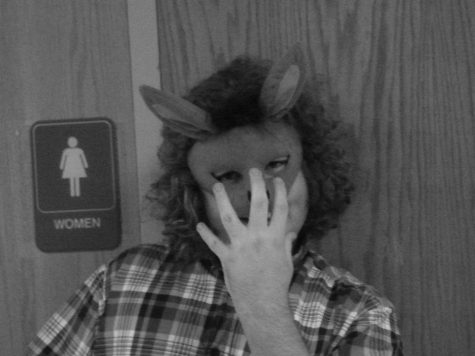Metal Gear Solid V: The Phantom Pain
December 2, 2015
Metal Gear Solid V: The Phantom Pain, released September 1 this year, is the final installment of the Metal Gear franchise. Spanning almost thirty years (the first game came out in 1987), this is a franchise that’s lasted since the NES.
The games have always been, regardless of their quality compared to the other games, revolutionary. Whether they introduced postmodernism to gaming, had an incredible amount of thought put into the world, or simply had highly-polished gameplay, the series has always been a cut above the competition.
V, despite many departures from series mainstays, is still tied with Undertale for my Game of the Year 2015. Unlike the tightly-designed interiors of the past games, this title is an outdoors open-world game, with two separate maps.
The gameplay is easily the best of 2015. It’s both simple if you just want to pack an assault rifle and go in guns blazing, complex if you want to sneak in, and detailed enough to feature elements like your horse pooping- and the poop will derail enemy vehicles if they drive over it. It’s got plenty of weapon variety, the AI, even if blind, is still good, and it still holds up after dozens of hours.
There’s not only third-person stealth or shooting, however. There’s also a surprisingly addictive base-building element, where enemies you knock out or tranquilize instead of kill can be shot up into the air by giant balloons, picked up by an airplane, and sent back to your base to be brainwashed into joining your ranks. Each soldier has randomly-generated names (like Dark Wallaby or Flaccid Slug), and has various stats. The different statistics show where they’re assigned, and said groups have various effects on the ground gameplay.
The game’s opening is fantastic for newcomers and old-timers alike, full of thrills, tension, questions, and giant flaming whales controlled by a floating child. With the incredible quality of the first hour or two, and MGS’ pedigree for lots of interesting story, the rest of the game’s plot is a disappointment. This game contains about four hours of cutscenes spread across the fifty hours or so to complete the main story, with the majority of the story being conveyed via cassette tapes. The story in of itself is pretty simple, with it being a simple revenge story between two rival forces. There are some twists that change a lot of dynamics in the series, but they all arrive at once, and the majority of them are just vomited at you over half an hour of cassette tapes after beating Mission 48.
One final element that sours my entire experience with the game reared its ugly head a few days after I’d been playing it nonstop- the blatant, blatant cut content. One notable subplot that I won’t spoil has an insane cliffhanger- and then just stops. Half of the missions in Chapter 2 are just repeats of previous missions. The story starts being progressed by side missions. The content being cut is almost certainly correlated to drama behind the creation of this game.
The director of this game, Hideo Kojima, is essentially an auteur. He was given a blank check by Konami to make a good game. In this case, however, something soured and his name was scorched from the cover of the game, trailers, and a Konami studio. He was never officially fired, but he hung around until October, silent, when he finally quit.
Despite its flaws and drama associated, this game is still an incredible finale to an incredible franchise. I would recommend this if you own literally any gaming platform, and I would beg you to never buy anything by Konami again after playing it.







